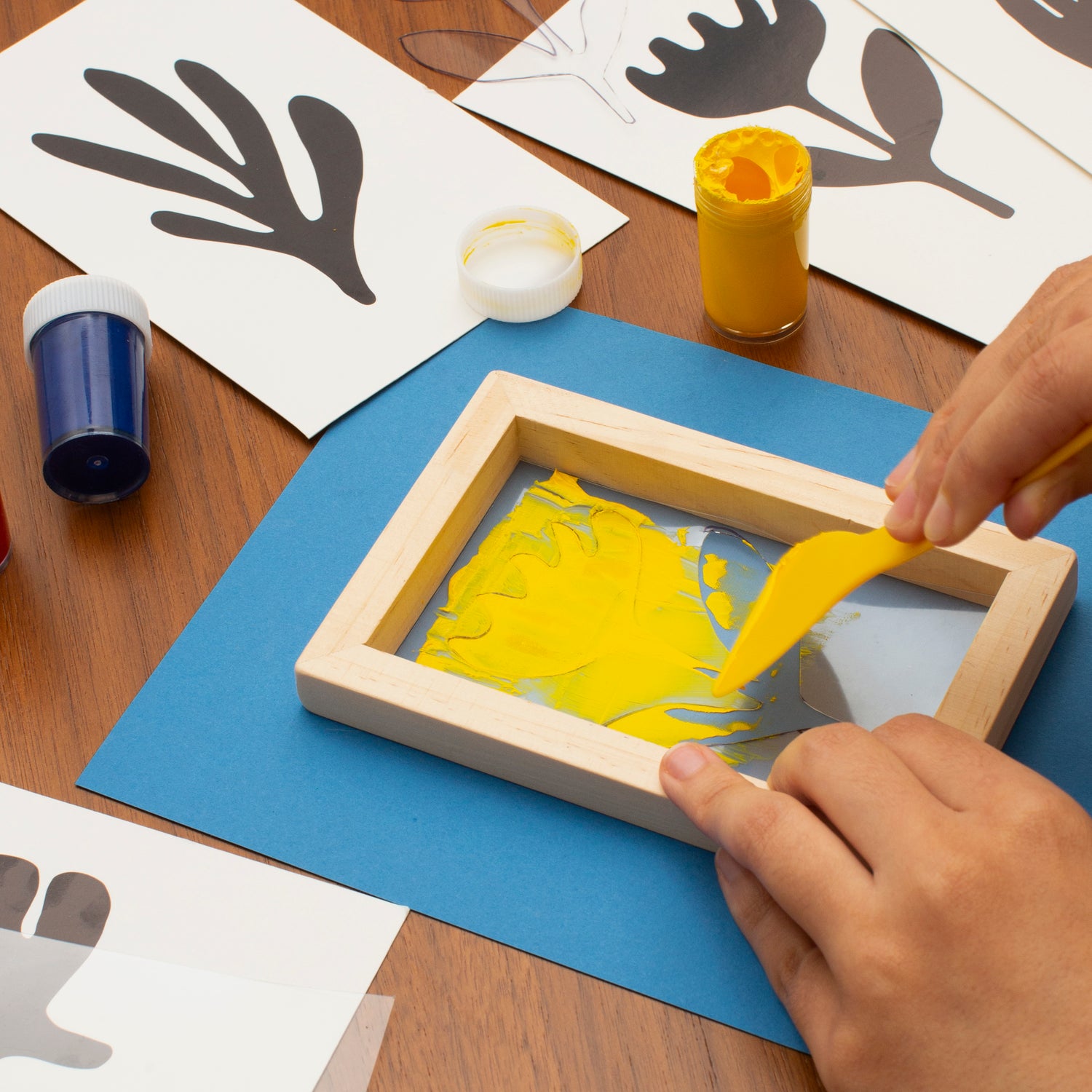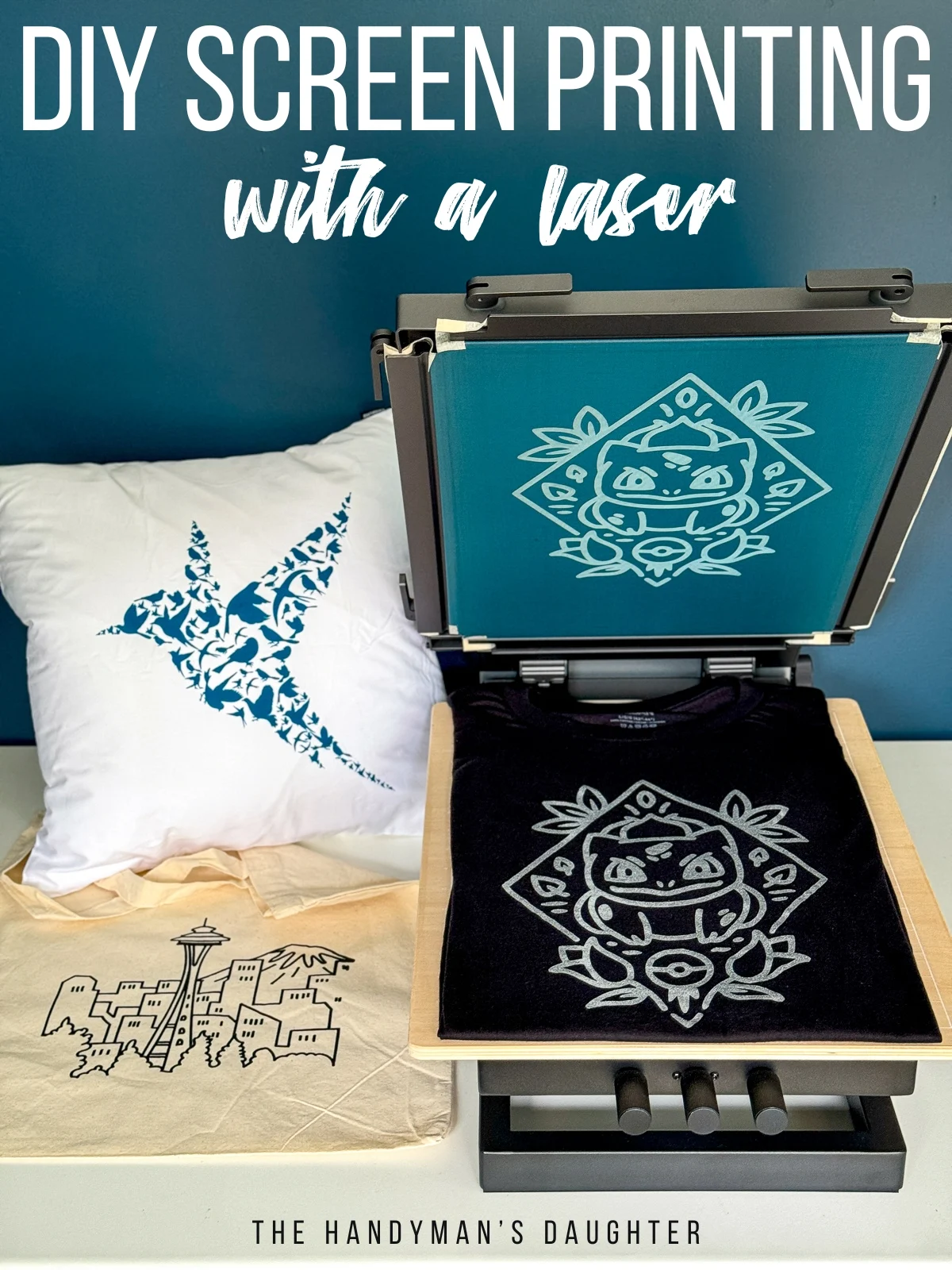The Important Overview to Comprehending Screen Printing and Its Versatile Uses
Screen printing has an abundant history that goes back to ancient times, evolving right into an advanced technique utilized across numerous markets today. This overview checks out the complexities of the screen printing procedure, detailing its applications in marketing, home, and fashion decoration - 10:9 Design Texas. Recognizing these fundamentals can open up imaginative potential for both artistic and industrial tasks. The following sections will expose essential suggestions and methods to boost one's screen printing endeavors
The History of Screen Printing
Screen printing has origins that trace back centuries, its development shows the imaginative and technical advancements of various cultures. Coming from old China, the strategy was initially utilized for enhancing fabrics and later infect Japan, where it became essential to Ukiyo-e woodblock printing. The technique changed to Europe in the 18th century, where it obtained appeal amongst craftsmens and business printers. The invention of picture solution in the 20th century changed screen printing, permitting even more detailed designs and greater effectiveness. Musicians like Andy Warhol further moved its popularity, using the tool to develop famous jobs that mixed commercialism and art. By the late 20th century, screen printing had established itself as a versatile strategy, used in vogue, marketing, and art. Today, it continues to advance, incorporating electronic innovation and expanding its applications throughout different markets.
The Screen Printing Process Explained
Screen printing changes creative visions into tangible layouts with a series of precise actions. A photo is created and after that moved onto a screen, typically made of great mesh fabric stretched over a structure. A light-sensitive emulsion is put on the screen, which is subjected to light, hardening in locations not covered by the image. After cleaning out the unhardened emulsion, a pattern is formed.
Next off, the screen is placed over the substratum, whether it be material, paper, or an additional product. Ink is then pushed via the open locations of the stencil making use of a squeegee, transferring the design onto the substratum below. This process can be duplicated for several shades, needing separate screens for each color. Lastly, the published item is healed utilizing heat to ensure the ink sticks effectively, leading to a durable, vivid style all set for use.
Sorts Of Screen Printing Techniques

Furthermore, specialized methods, such as discharge screen printing, remove color from the fabric to produce softer prints, while foil screen printing applies metal foil to attain a glossy surface (10:9 Design Screen Printing). Each technique uses unique features, satisfying different creative requirements and manufacturing scales, eventually increasing the possibilities within the screen printing domain
Applications of Screen Printing in Numerous Industries

Additionally, the signage and advertising and marketing industries use screen printing for developing captivating displays and banners. This technique permits bold colors and complex designs that capture interest. In electronic devices, screen printing is used for applying conductive inks to circuit card, necessary for component connections. The home design market accepts screen printing to generate distinct layouts on textiles and wall art. On the whole, screen printing works as a crucial tool across diverse fields, improving products with customized and visually attractive graphics.
Tips for Successful Screen Printing Projects
While embarking on a screen printing job, cautious interest to detail can significantly improve the final result. First, selecting top quality materials is vital; this includes the screen, inks, and substrates. Utilizing suitable mesh counts can affect ink deposition and information resolution. Prep work is similarly essential; comprehensive cleaning of displays and correct exposure times guarantee crisp prints.
Next off, precise registration is crucial for multi-color prints. Utilizing placement devices can help achieve specific layering. In addition, testing prints on scrap materials before production aids recognize prospective issues without throwing away sources.

Frequently Asked Questions
What Materials Are Best for Screen Printing on Fabric?
Cotton and polyester blends are perfect for screen printing on fabric due to their resilience and ink absorption. Additionally, specialty fabrics like silk or canvas can generate one-of-a-kind appearances and coatings, improving the general style quality.
How Do I Tidy and Maintain Screen Printing Tools?
To maintain and clean screen printing tools, one need to consistently clean screens with appropriate solvents, evaluate mops for wear, lube moving components, and shop all items in a completely dry, dust-free setting to extend their lifespan.
What Are the Ecological Effects of Screen Printing?
Screen printing can have significant ecological effects, including chemical waste from solvents and inks, water use during cleansing processes, and energy usage. Environmentally friendly products and sustainable practices are crucial for lessening these negative results.
Can Screen Printing Be Done in your home Effectively?
Screen printing can be properly done at home with the best products and techniques. Enthusiasts can create high quality prints, though success depends on their ability level, equipment, and understanding of the process entailed.
What Are the Expenses Linked With Starting a Display Printing Business?

Starting a screen printing service entails prices for equipment, materials, and office. First expenditures generally range from a couple of hundred to numerous thousand bucks, depending on the scale, quality of machinery, and preferred manufacturing ability.
Screen printing has an abundant background that dates back to old times, evolving into a sophisticated technique used across different markets today. One more method, rotary screen printing, utilizes cylindrical screens, assisting in continual printing on textile rolls, therefore boosting performance for large manufacturings. In addition, specialized strategies, such as discharge screen printing, get rid of color from the material to produce softer prints, while foil screen printing applies metallic foil to achieve a shiny finish. In the fashion field, screen printing is extensively made use of to develop vivid styles on clothing, allowing brands to display their one-of-a-kind designs. Cotton and polyester blends are suitable for screen printing on material due to their sturdiness and ink read review absorption.